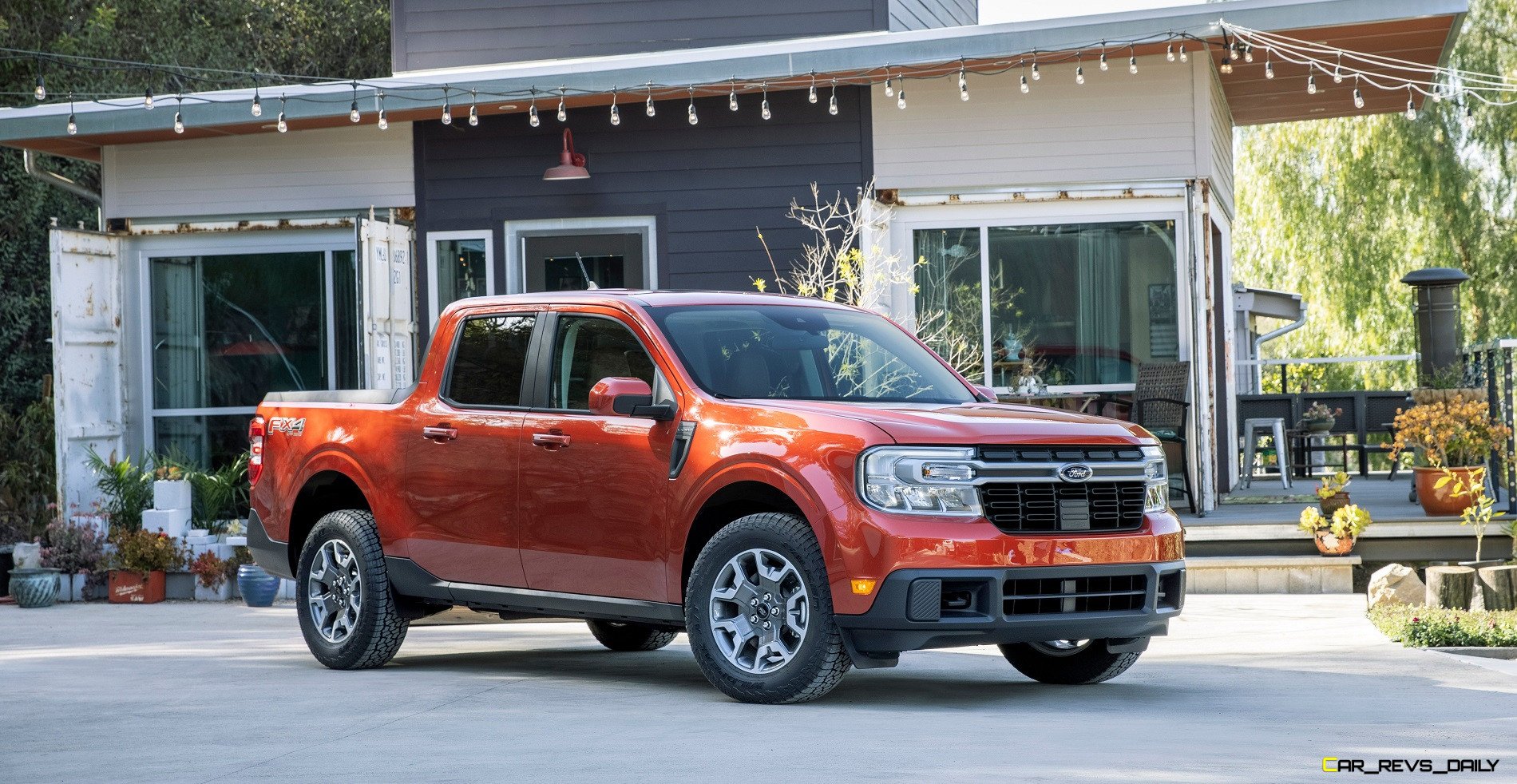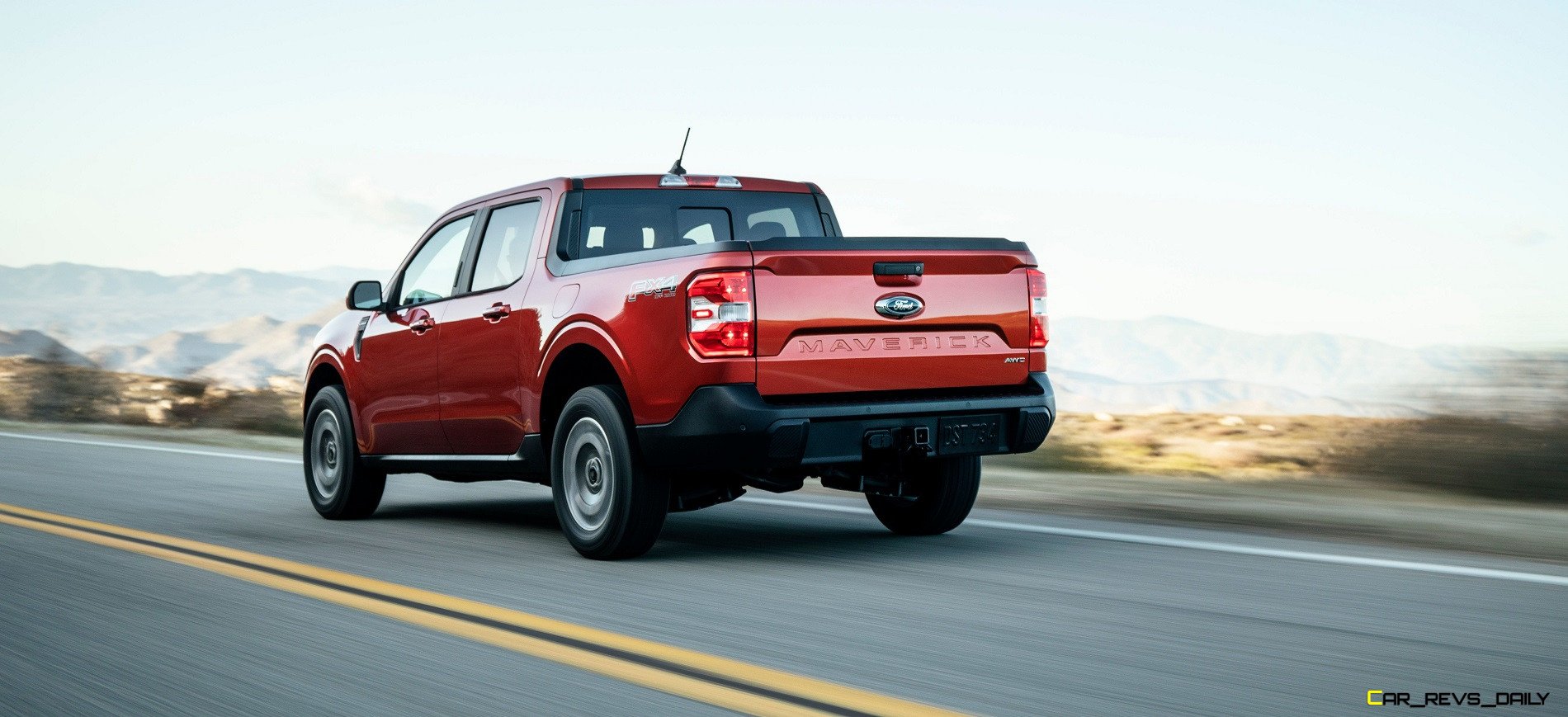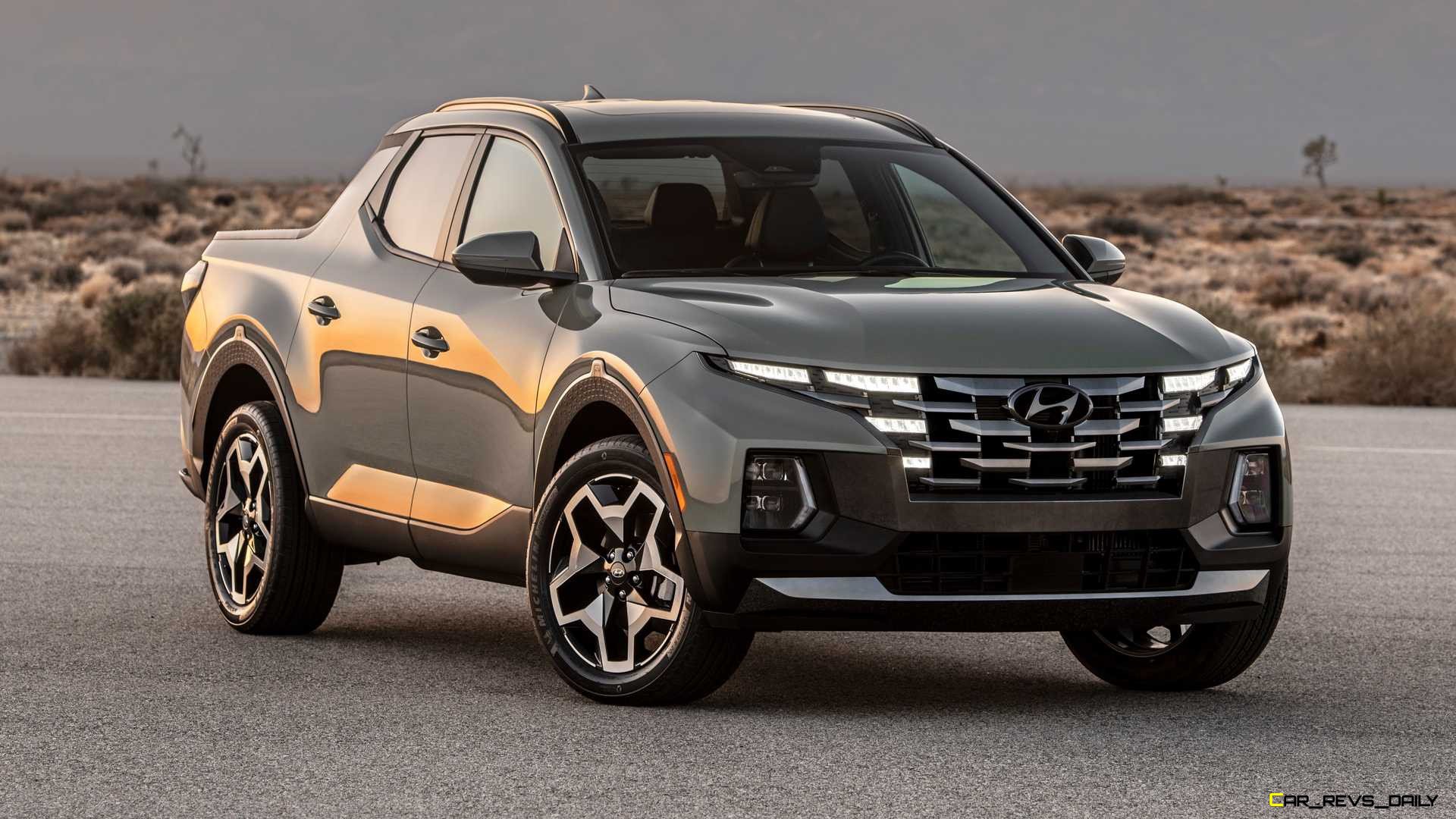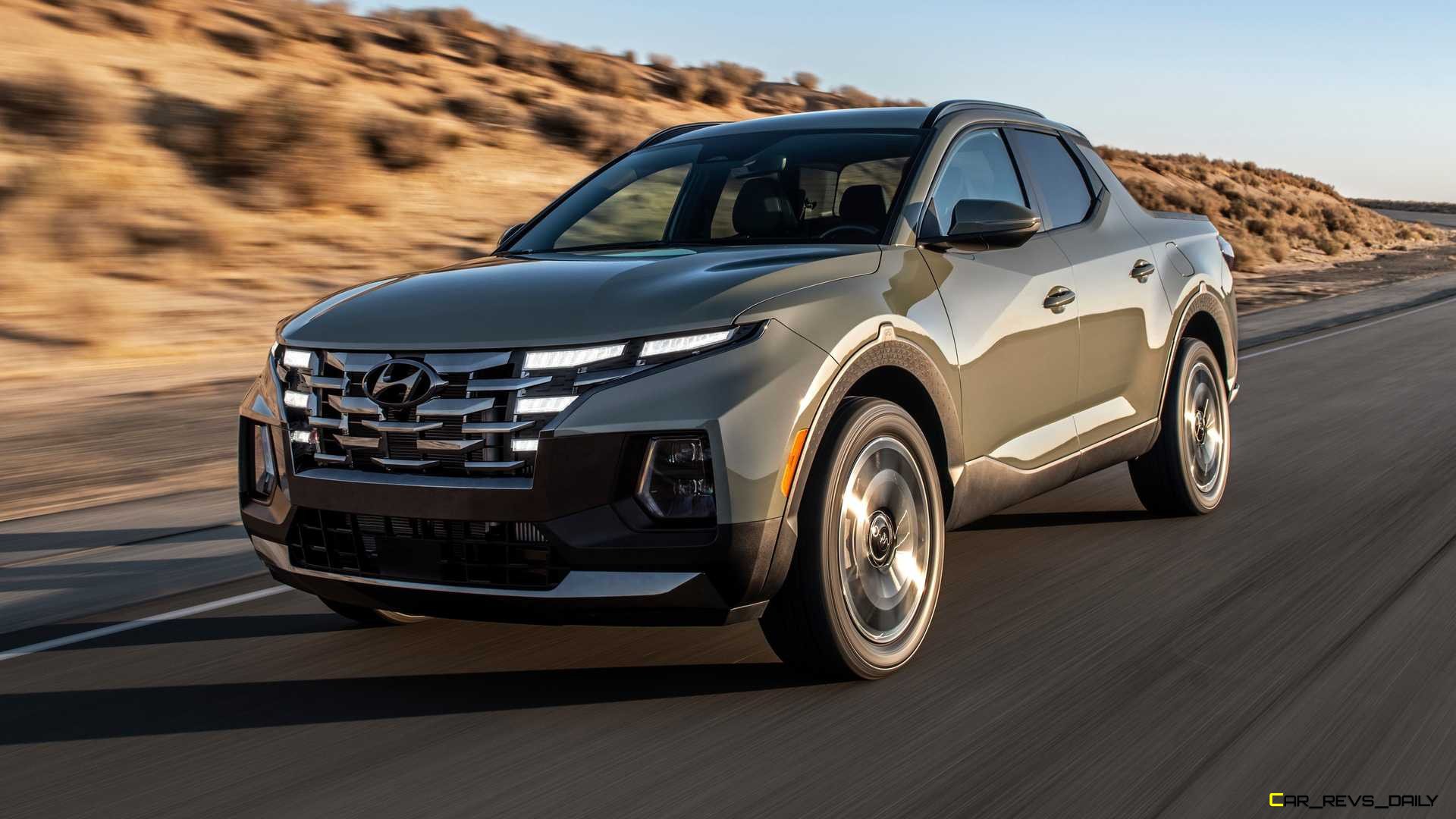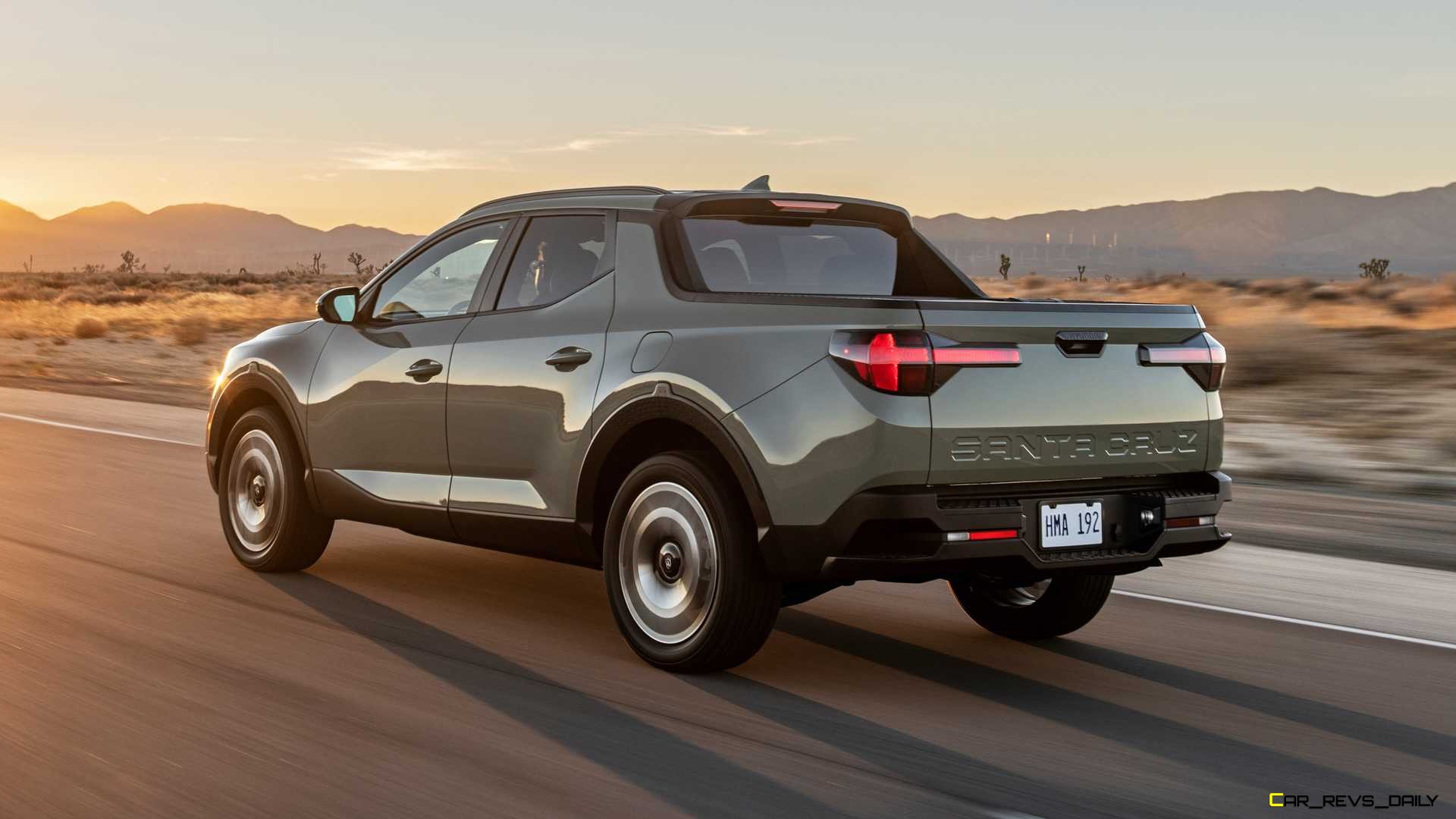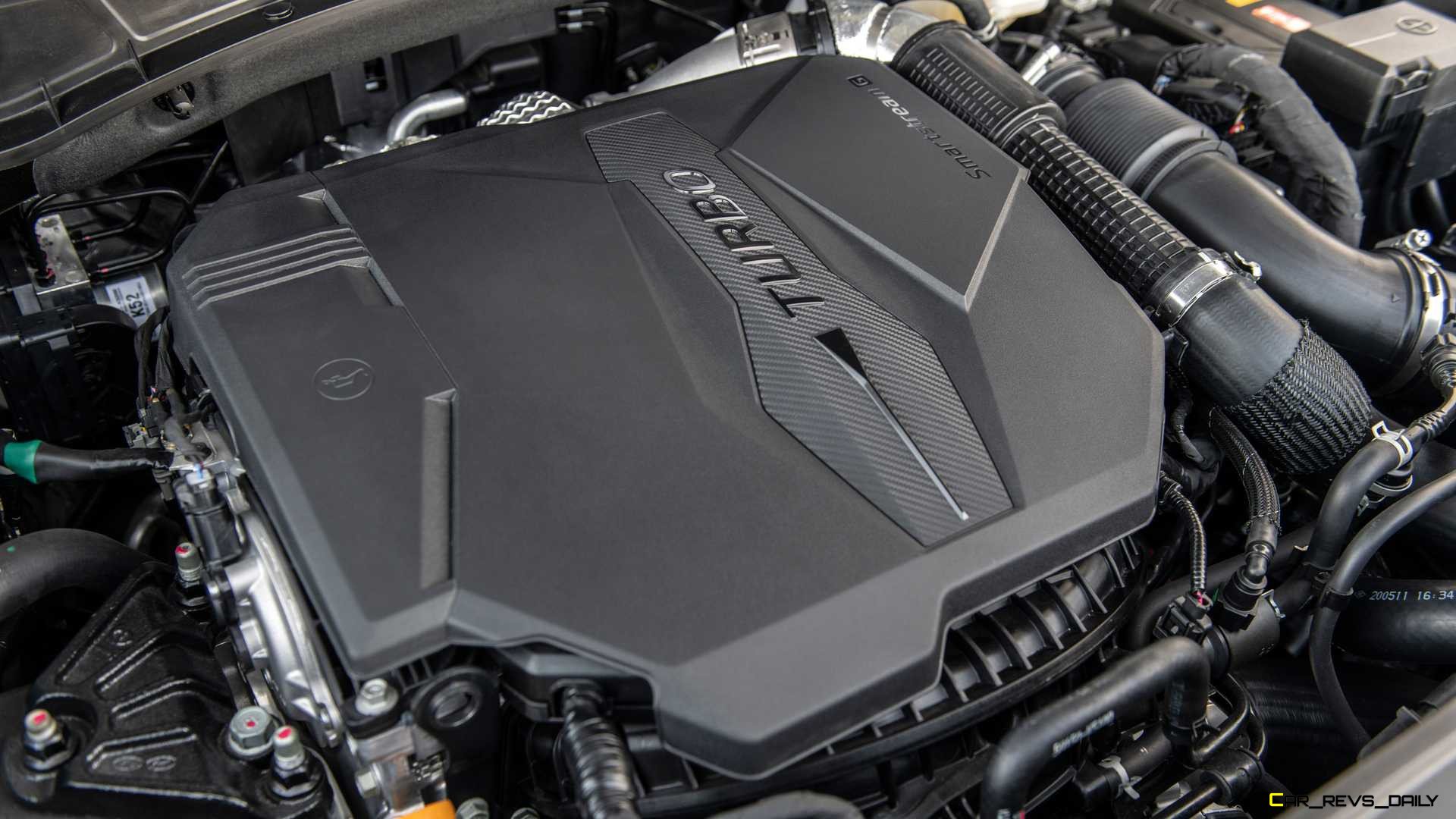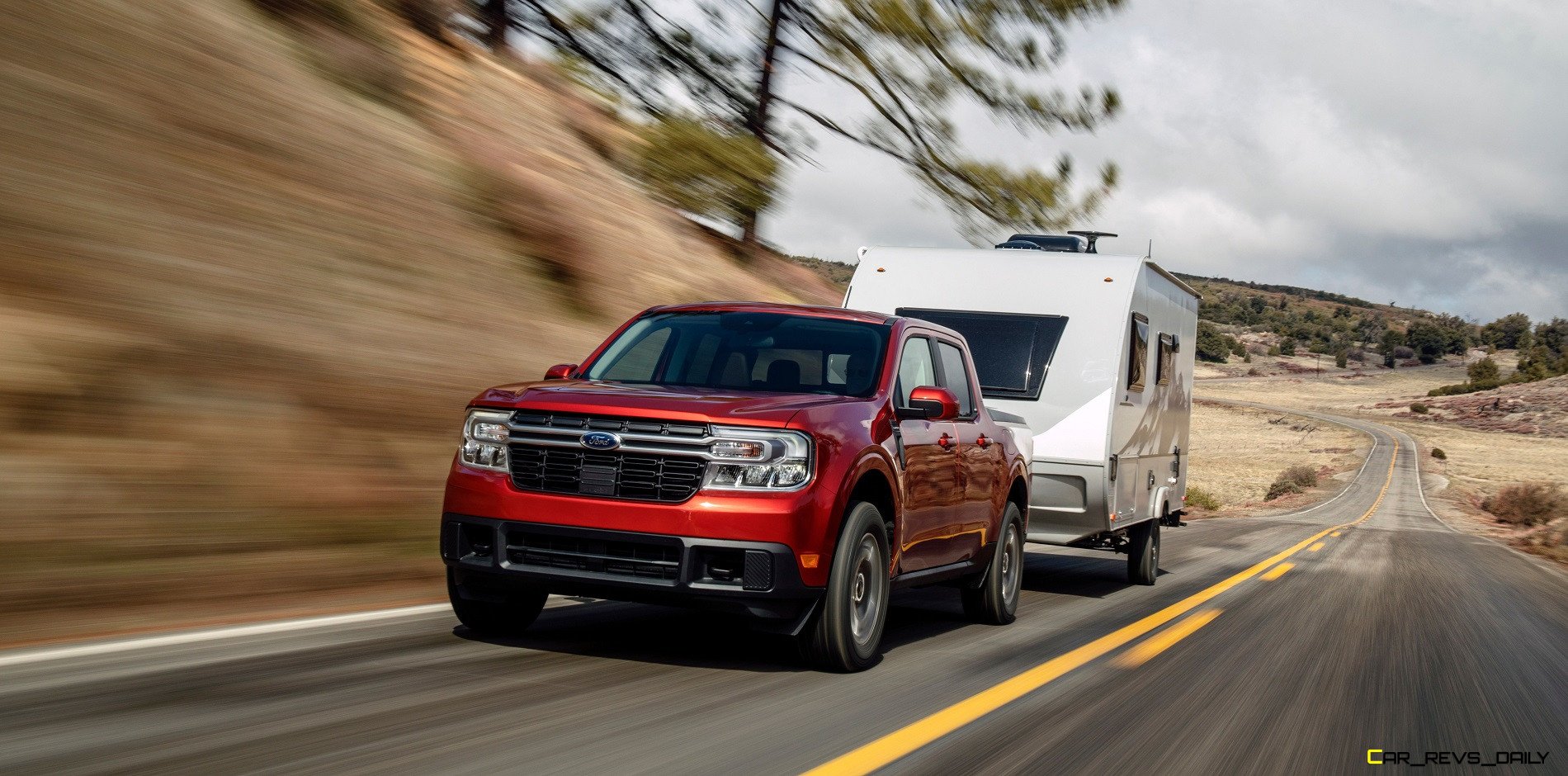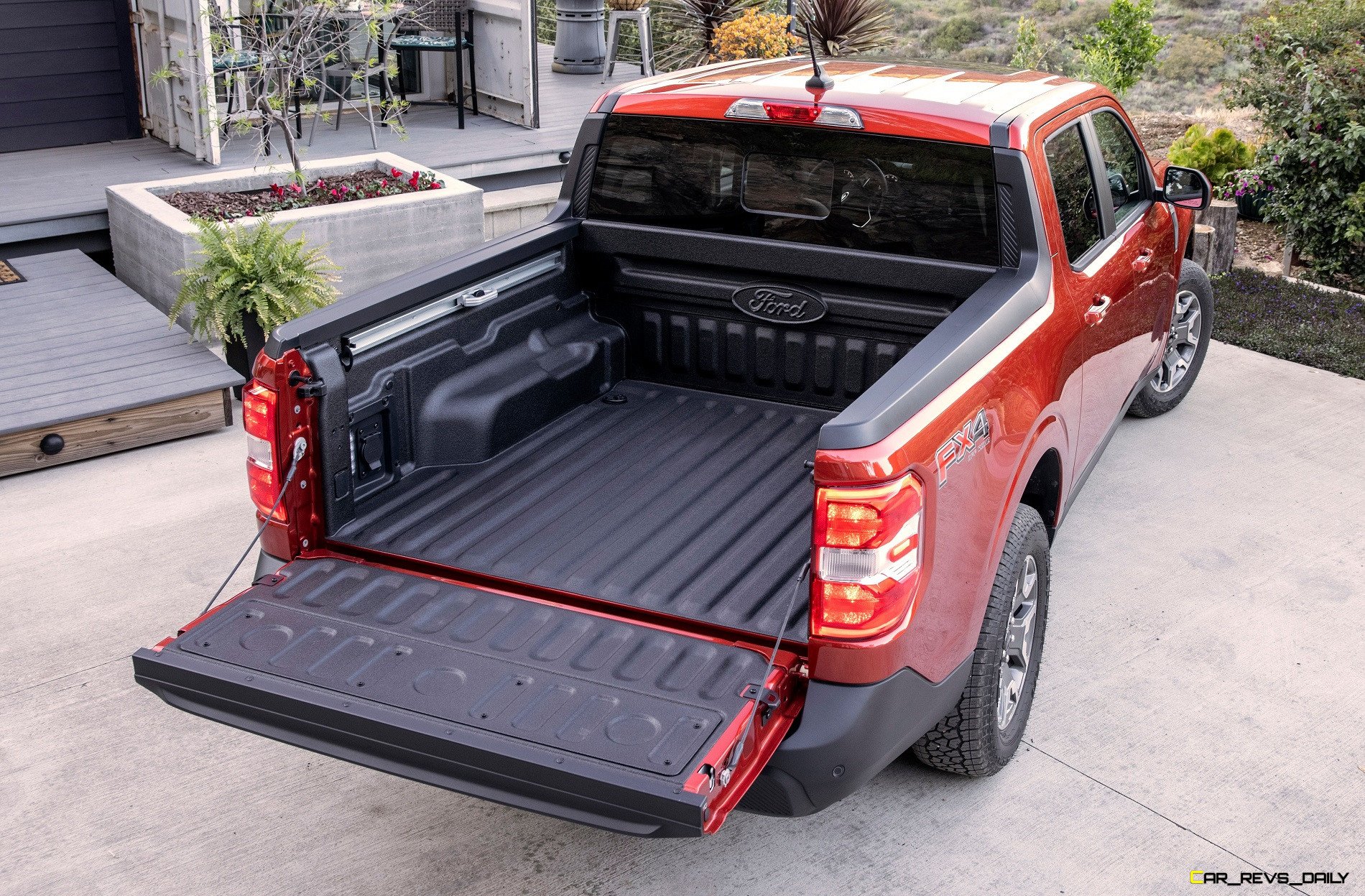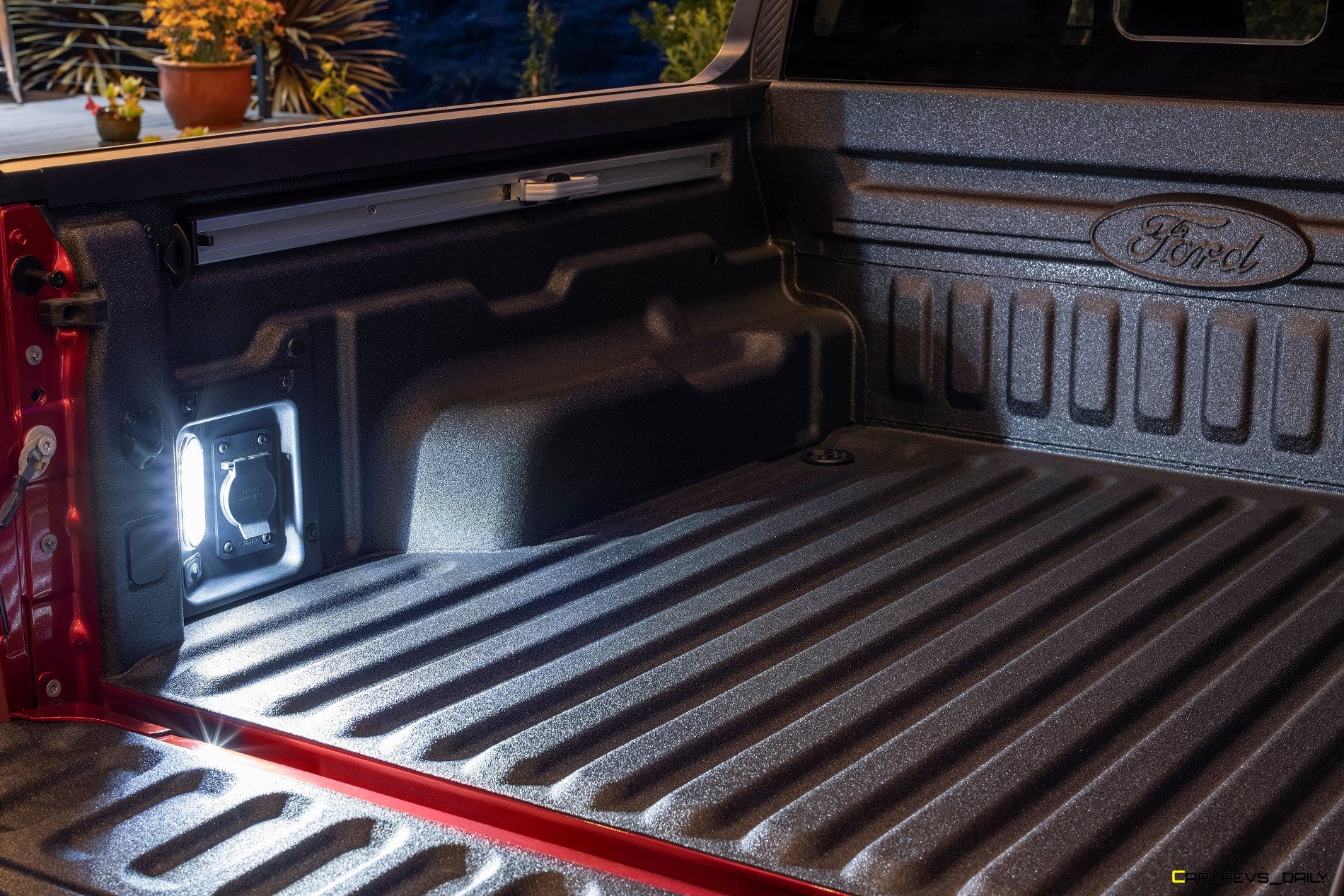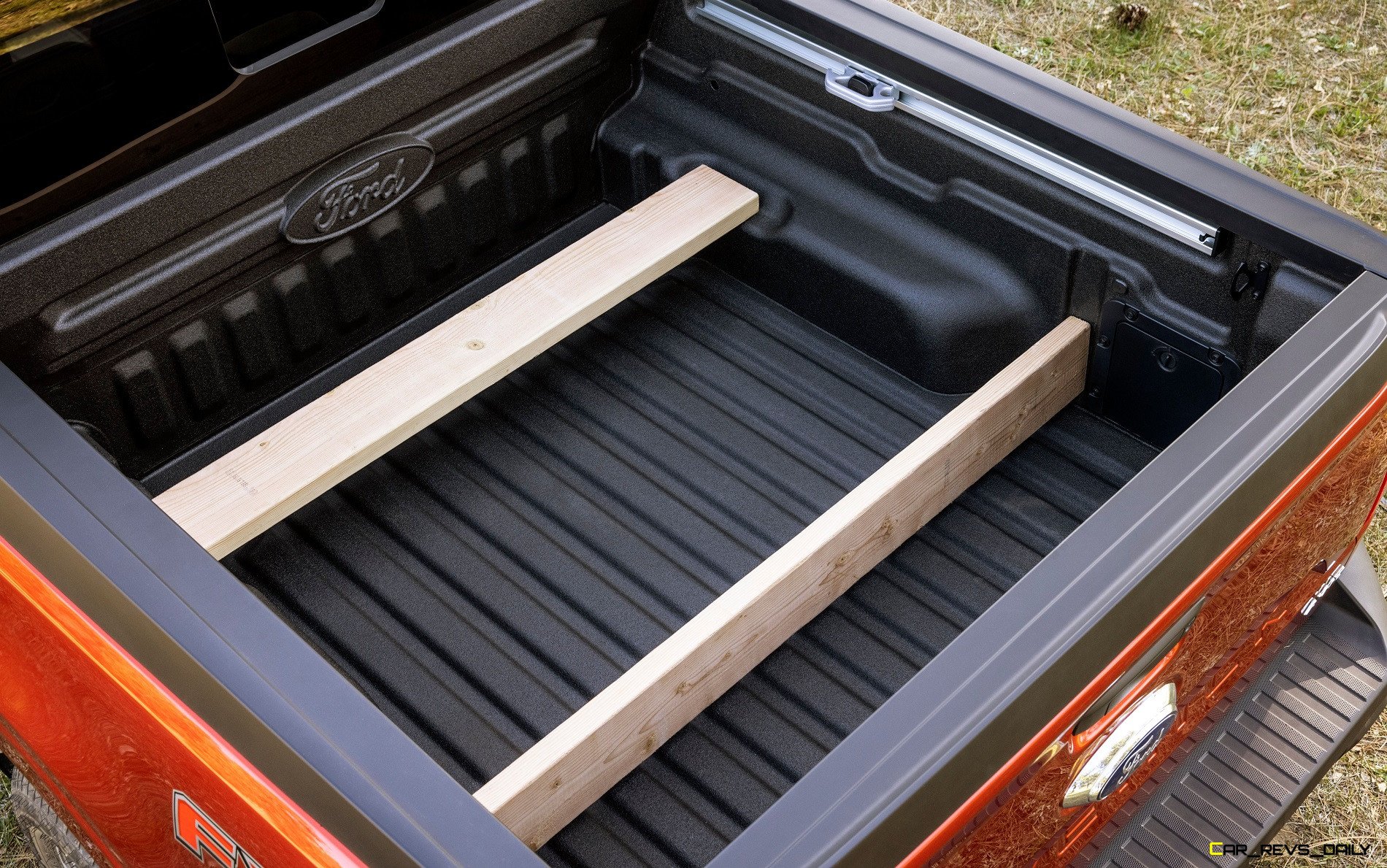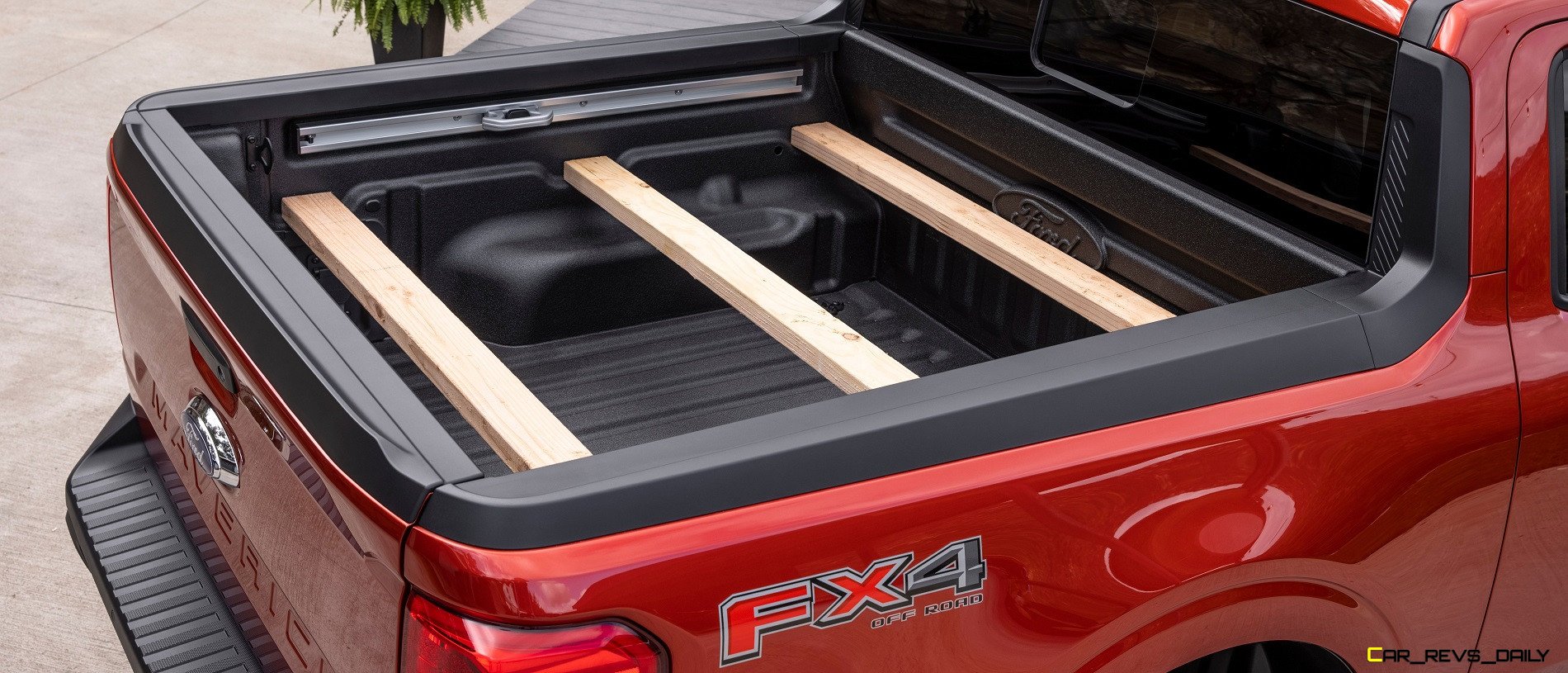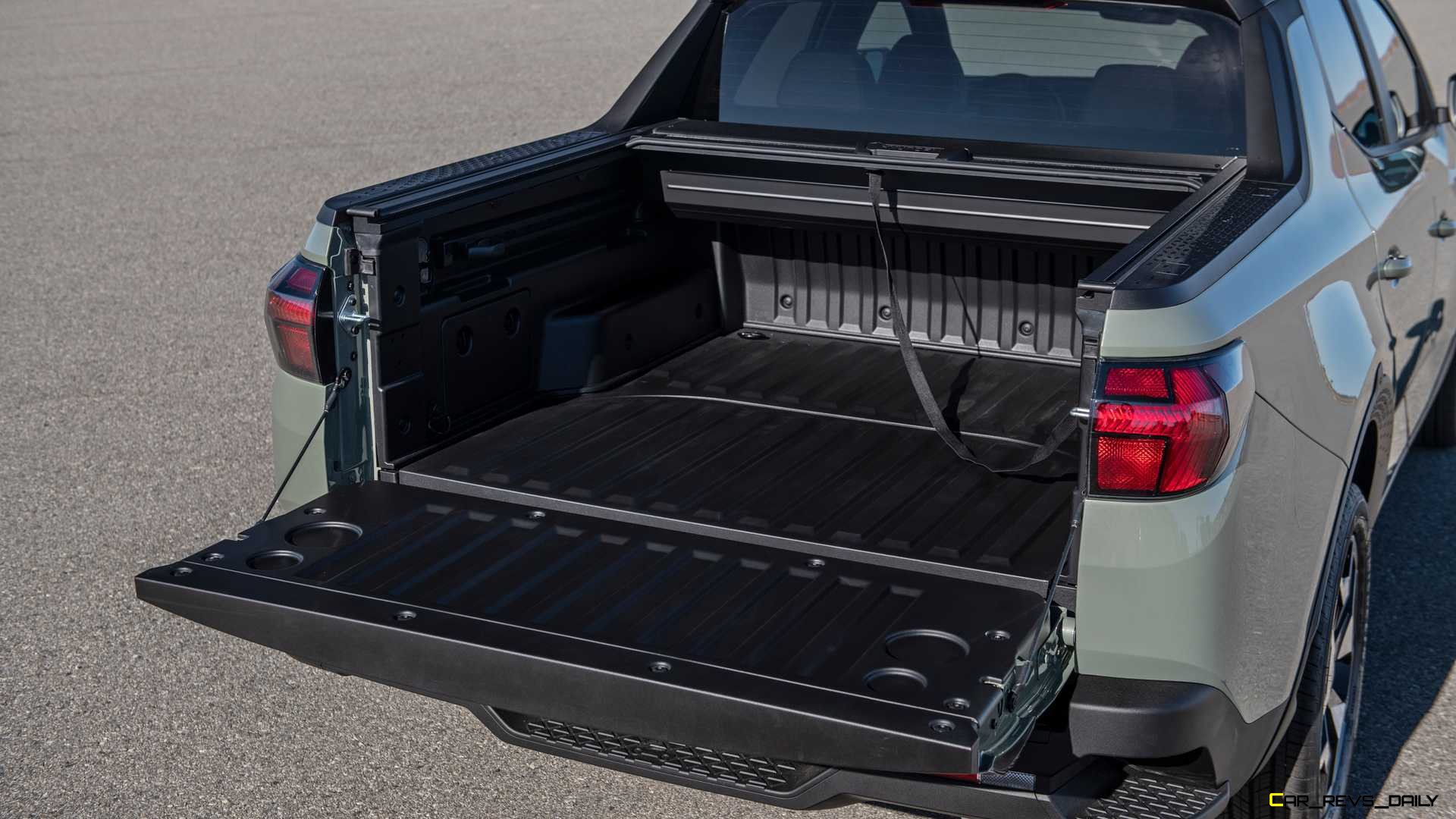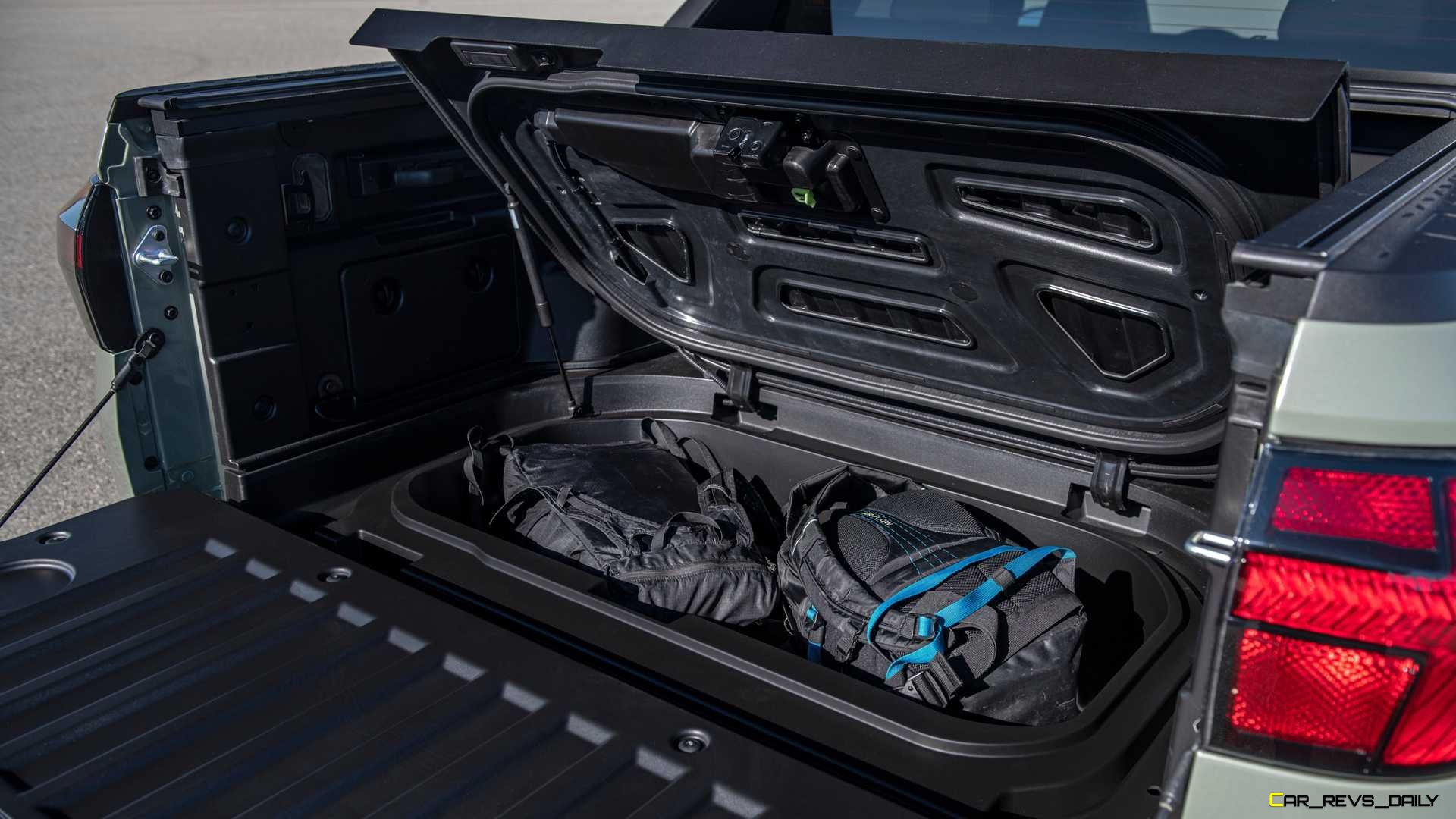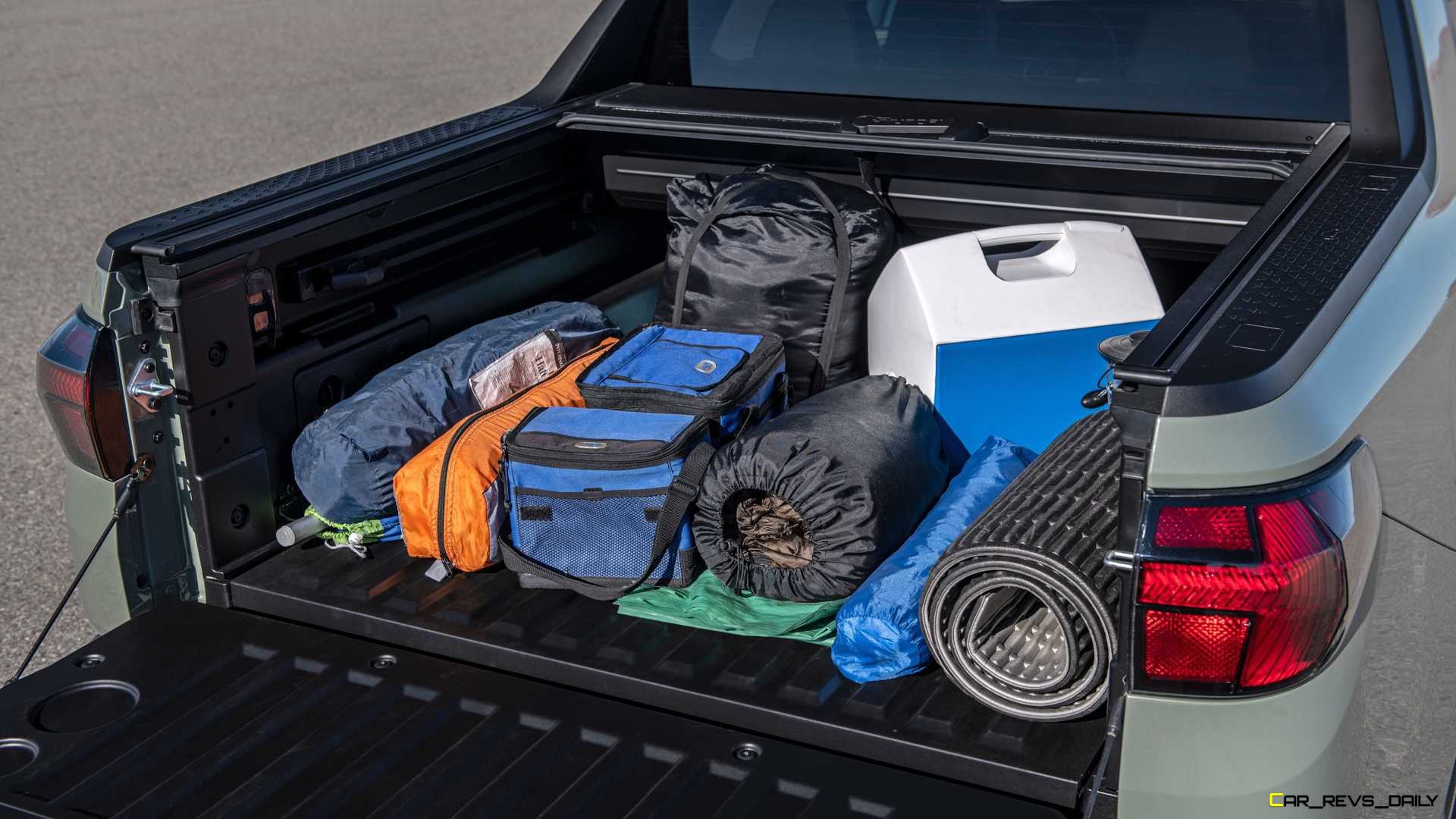The 2022 Ford Maverick certainly made a believer out of many people when it was unveiled earlier today. Boasting several functional-focused features and a rock bottom base price, the hybrid-powered Maverick has a certain degree of potential baked into it. How does the Maverick measure up in a battle of specs against another upcoming model, the 2022 Hyundai Santa Cruz. We busted open the books and took a deep dive into both of them to see which one could have an early advantage in the sales war.
Maverick Is Practical, But Santa Cruz Is Styling Winner
As mentioned in our prior Maverick-related coverage, the front fascia looks like it got its styling mojo from a toaster, with the squared-off styling, large headlights, and vertical grille all lending an appearance of something that looks like it can make good grilled cheese sandwiches. But while the Maverick may not be the go-to choice for your sandwich needs, it does excel in offering so much more in other areas. For example, the small dimensions help it squeeze into tight places, and the FLEXBED is a vehicular Swiss-army knife when it comes to both storage options and loading cargo.
The 2022 Hyundai Santa Cruz may not have some of the baked-in flexibility of the Maverick, but it makes up for it by being better at generating attention. The front fascia and its nifty in-grille headlights make a bigger splash at night and allow the Santa Cruz to have a distinctive daytime personality. In addition, the side profile is decidedly more athletic, and it leads out to the back, which has tidier taillights. Admittedly, pure aesthetics don’t mean much in this segment, but the ability to generate attention does, and in this regard, we have to give a slight edge to the Hyundai.
A Dead-heat In The Battle Of Performance
Unlike the last category, both the Hyundai and the Ford are very similar when it comes to engine choices. Both base versions have a 2.5-liter four-cylinder though the Maverick adds a hybrid to it to help produce 191 horsepower. Unfortunately, the Santa Cruz is not a hybrid, and Hyundai has not released horsepower figures. Still, we suspect that the Santa Cruz’s 2.5 liter could perhaps match the 190 horsepower that we have seen in some other Hyundai models.
Both models come with front-wheel drive as the standard drive choice, but they can also be equipped with an all-wheel drive. The major difference lies in the transmission hardware with the base Maverick using a CVT versus the Santa Cruz’s eight-speed automatic. Both models also offer spicier engines, but here, the Santa Cruz goes for an eight-speed DCT to go along with its 2.5-liter turbocharged four-cylinder versus the Maverick’s 2.0 liter EcoBoost four-cylinder which uses an eight-speed automatic.
As they say, it’s the finer details that count, and the Santa Cruz’s beefier hardware in higher trims allows it to tow up to 3,500 lbs. The Maverick can boost that by 500 lbs when it’s equipped with the optional 4K towing package. However, the turbocharged 2.5 liter further increases the Santa Cruz’s towing figure up to 5,000 lbs which causes the Maverick to fall into an endless cycle of falling just behind its Korean rival since all base Mavericks have a smaller 2,000 lb towing limit.
The Santa Cruz also boasts a higher payload rating of 1,748 lbs versus the Maverick’s 1,500 lbs, but it lacks some of the Maverick’s ingenious flexibility and accommodations. The Santa Cruz does offer a large hidden storage area and even adjustable tie-downs for tricky loads, but the Maverick’s trick tailgate and other minor additions help it stand out from its Korean rival.
Bed-Size Plays Prominent Role in Maverick Vs. Santa Cruz Battle
However, at the end of the day, both of these models are trucks, and as a result, many buyers will be counting on them to do truck stuff. That means having a bed that can haul all kinds of loads. The Maverick and the Santa Cruz are very similar in their approach, with the Ford’s 4.5-foot long bed slightly besting the Santa Cruz’s 4.3 feet. The Hyundai’s space shrinks slightly when you equip it with the optional tonneau cover, and it measures in at a revised 4.0 feet even when the cover is installed.
The Maverick also comes with embedded power points, which allows the truck to be a mobile work station or camp command center when asked to do so (the Santa Cruz does not come with these helpful features.) Ford reps are also quick to point out that the Maverick can easily haul 4×8 sheets of plywood. While it will be interesting to see if the Santa Cruz can achieve the same feat, we suspect that the shorter bed and the more conventional tailgate design will put a crimp on the truck in certain situations.
Both trucks will be swinging for the fences when they make their way to showrooms, and it will be interesting to see how the Maverick and Santa Cruz fare once they have the opportunity to compete against each other in sales. But, of course, both trucks will also have a lot on their plate too with rivals such as the Toyota Tacoma, Chevrolet Colorado, and the Nissan Frontier all fighting to be the king in a segment that has benefited from an extra infusion of vigor and pep as tightening fuel economy regulations and an increase in full-size pickup prices have forced buyers to move to smaller offerings.

Carl Malek has been an automotive journalist for over 10 years. First starting out as a freelance photographer before making the transition to writing during college, his work has appeared on numerous automotive forums as well as websites such as Autoshopper.com.
Carl is also a big fan of British vehicles with the bulk of his devotion going to the Morgan Motor Company as well as offerings from Lotus, MG, and Caterham. When he is not writing about automobiles, Carl enjoys spending time with his family and friends in the Metro Detroit area, as well as spending time with his adorable pets.


